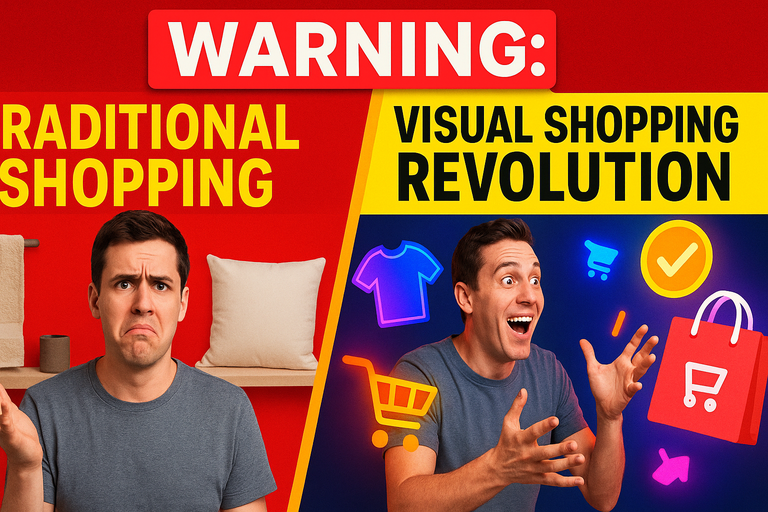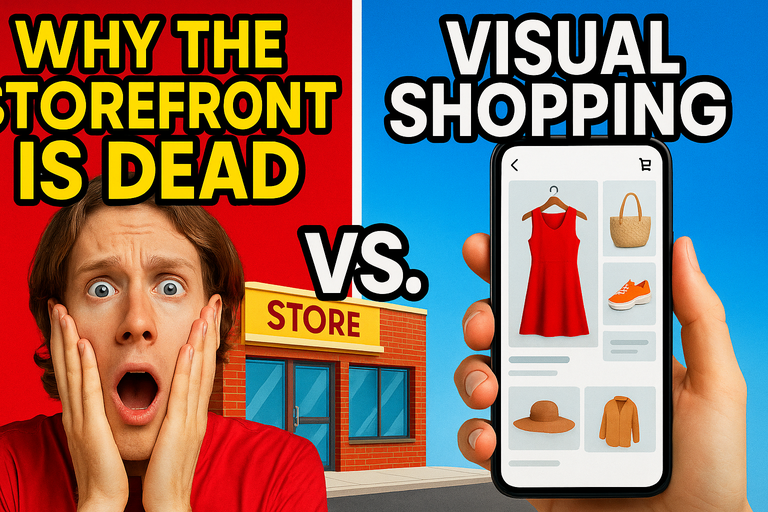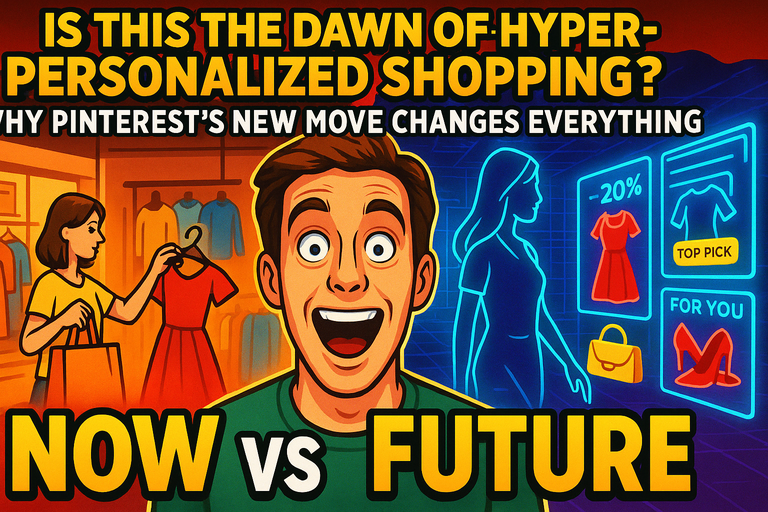
What happens when a beloved DTC brand shuts almost every store overnight? If you’re Parachute Home, you grab headlines—and spark a much bigger debate about the future of shopping. According to a recent Business Insider article, Parachute closed 19 of its brick-and-mortar stores, with CEO Ariel Kaye admitting: "We overreached." The pivot? Doubling down on ecommerce and digital partnerships.
But here’s the million-dollar question: Is merely focusing on online sales enough in 2025’s hyper-visual world? Let’s break down the numbers, explore what consumers actually want, and reveal the surprising tools smart brands are quietly using to gain an edge.
DTC’s Massive Shift — And The Personalization Pressure Cooker
First, some data: In the last year, over 68% of digitally native DTC brands reported slowing physical retail expansion (Forrester, Q1 2025). But here’s the stinger—online competition is fiercer than ever, and consumer expectations have skyrocketed. Nearly 83% of shoppers say they want to “see themselves” with a product before buying (Insider Intelligence, 2025). The desire for personalized, visual experiences isn’t just a trend—it’s becoming the price of entry.
So, while Parachute Home is betting on ecommerce, the real challenge is:
- How do you make online shopping as confidence-building and personal as walking into a store?
- How do you avoid the biggest DTC pitfall—sky-high return rates?
Spoiler: Just having a pretty website doesn’t cut it anymore.
The Visual Shopping Gap No One Talks About
Let’s be real. Minimalist product shots and generic lifestyle images dominated DTC shopping for years. But guess what happened? Decision paralysis. Uncertainty. Skyrocketing returns! The numbers don’t lie: eMarketer reports that consumer returns for online fashion and home goods have hit an all-time high of 38% in 2025.
So, why are shoppers so hesitant to commit?
- They can’t picture how that linen duvet or stylish lamp will actually look in their space—or on themselves.
- Product photos don’t reflect their skin tone, body type, or home aesthetic.
- DIY “visualization” is clunky or absent on most DTC sites.
The pain is real. But is there a fix?
Enter Personalized Visual Shopping: The Quiet Revolution
Here’s where things get interesting. The latest wave of visual shopping tools are flipping the script. No, we’re not talking about basic color swatches or AR that makes you look like a cartoon. We’re talking about real personalization—upload your photo, insert your own image, see yourself with the product, instantly.
A standout example is the XP9 Chrome extension (officially, eXPeriential Preview 9). Unlike standard comparison tools or legacy try-on features, XP9 lets users easily superimpose their own images onto Amazon product photos—bridging the gap between imagination and purchase in a way that even Amazon’s own tools and competitors like AMZ Downloader can’t match.
Why does this matter for DTC brands like Parachute?
- Products become personal experiences, not just pixels on a page.
- Shoppers are empowered to visualize real fit, style, color, and context before buying.
- Data shows tools like XP9 can reduce return rates by up to 21% (XP9 User Study, 2025).
If you’re not offering ultra-personal visualization, your customers might literally download a Chrome extension to do it without you—and choose a competitor that makes it easier.
Three DTC Myths Busted by Visual Personalization
Let’s tackle some common assumptions with the latest data:
1. "Cinematic photography is enough." - Not anymore. In a recent survey, 74% of Gen Z buyers said they’d abandon a cart if the product images didn’t help them personally visualize ownership.
2. "Shoppers can use AR filters on social." - Temporary novelty isn’t confidence. True personalization happens on the product page, not in a social feed.
3. "Only tech-savvy users care." - Tools like XP9 are designed to be frictionless—even for users with minimal technical know-how. That means everyone can access the next level of shopping.
The Future: Personalization or Paradox?
So, as DTC brands retrench and recalibrate, the stakes have never been higher. Parachute’s closure of 19 stores is a warning sign—but also a wakeup call. Digital-first doesn’t just mean transactional. It means forging real, customized connections at scale.
Here’s what savvy brands (and shoppers) can do right now:
- Audit your visual experiences: Are you giving buyers the visual feedback they crave—or just hoping they won’t return?
- Experiment with extensions like XP9: The tools are out there. Don’t make your customers do all the work.
- Invest in tech, not just marketing: Visual personalization is the new “storefront window.”
Bottom line: As we watch Parachute and other DTC pioneers adapt, one thing is clear—personalized visual shopping isn’t just a nice-to-have. It’s survival.
Are you ready to see yourself in the next wave of ecommerce? Or will you be left behind in the digital dust? Let’s talk about it—drop your thoughts below!


